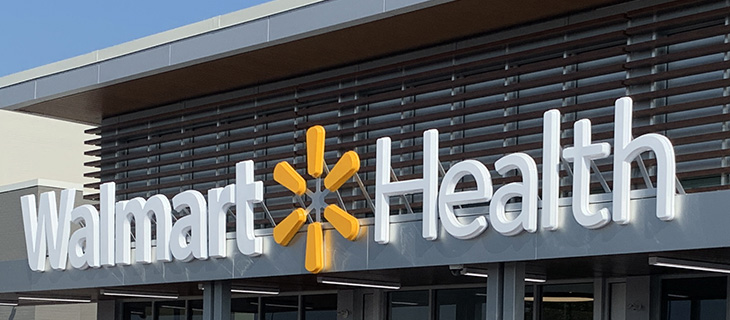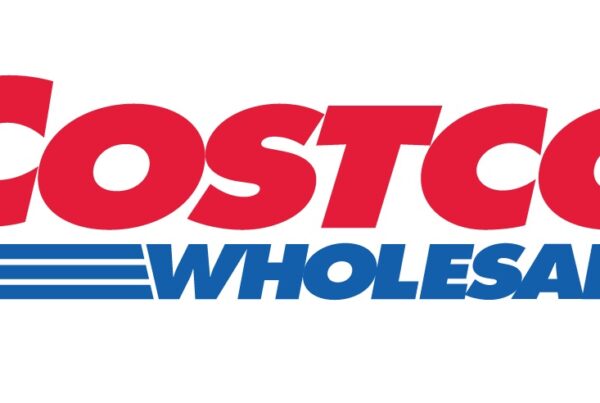During the historic boom after World War II, American retailers catered to the creature comforts and status aspirations of the massively expanding middle class. Fast-forward to 2019 and the situation is dramatically different: With income inequality at an all-time high, and the country seemingly paralyzed by political polarization, Americans feel they have no champion. They are struggling to adapt to systemic failures on multiple fronts.
Faced with their own skyrocketing health insurance and prescription drug costs, families wonder how they will pay for their children’s college tuition and/or assisted living for Mom and Dad. Whole job categories face elimination as a result of outsourcing or automation. Even if they continue to exist, other jobs are characterized by wage stagnation and dim prospects.
To make matters worse, we’re now seeing thousands of Americans lose everything they own to natural disasters catalyzed by climate change, catastrophes that will only worsen with time.
For the broad base of businesses not focused on the luxury end of things, growth in the years ahead won’t hinge on pampering people. It will be about helping them cope with immense challenges.
Our next series will examine some of the ways in which retailers are beginning to embrace this reality. We’ll also look at future opportunities for those that are willing to think big, leverage scale and attack daunting challenges.
Within five years, we predict that leading retailers will see profits from alternative revenue streams exceed those of the traditional business. They’ll do so, in part, by tackling some of the biggest challenges facing our communities.
For example, healthcare is one of several primary components of a household’s budget that have skyrocketed in recent years, pinching the already strained purse strings of typical Americans. When uncontrollable expenses rise, discretionary spending falls, which can be a headwind to retailers looking to gain wallet-share.
So what can they do?
In our first post, we’ll look at Walmart Health, which made its debut in the “healthcare desert” of Dallas, Georgia, this past October. Walmart has plans to expand the concept, which brings low and transparent pricing to the largely broken healthcare sector. Subsequent posts will look at other primary household expenses—including housing, transportation and utilities—that have risen with no end in sight.
There is a huge gulf between what consumers ought to be spending on these items, expressed as a percentage of total income, and what they actually spend on them. For forward-thinking retailers, this dichotomy highlights new opportunities for disruptive problem-solving. Retailers with the greatest heft can make a meaningful impact on these problems, and they can do so profitably, but there’s also an opportunity for startups. The winners will be those that can pivot quickly, make big bets, and adapt as needs change.
We’ll tackle growth opportunities related to the largest expenses of the typical household budget. In addition to today’s needs, we’ll examine how the consumer economy is adapting to meet the needs of tomorrow—and the opportunities this presents for retailers and real estate owners.
What’s good for your customer is good for you, too.








